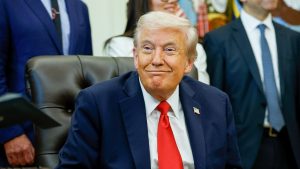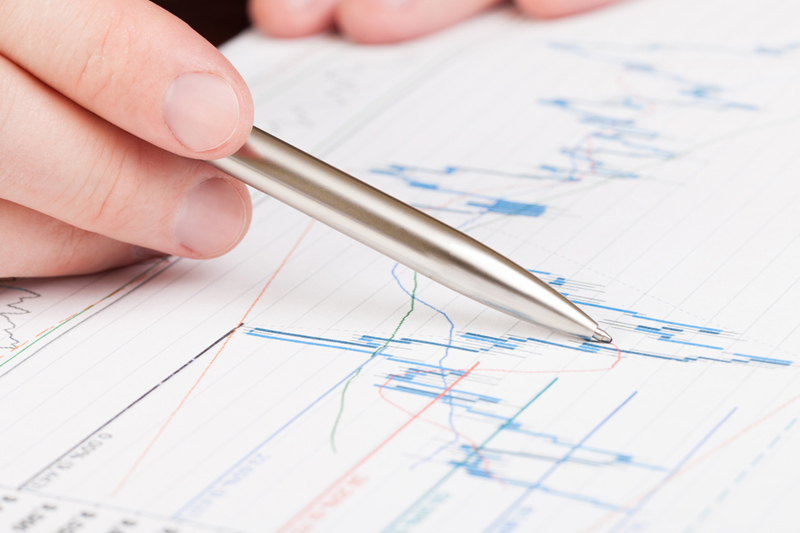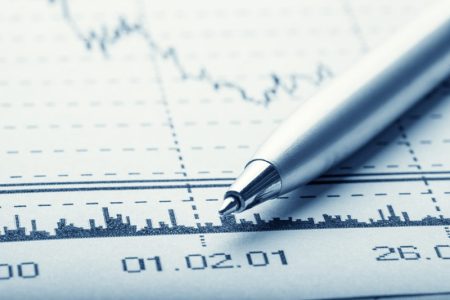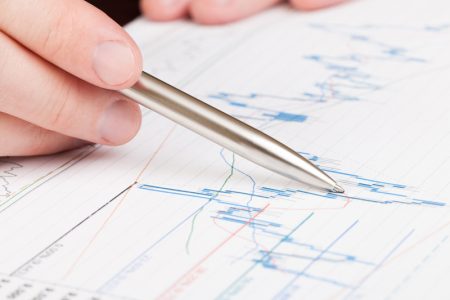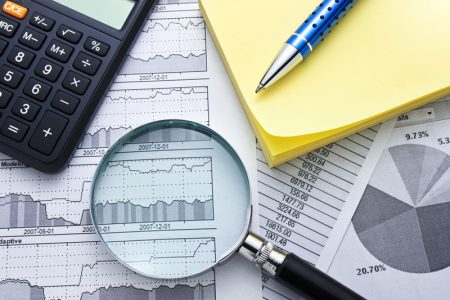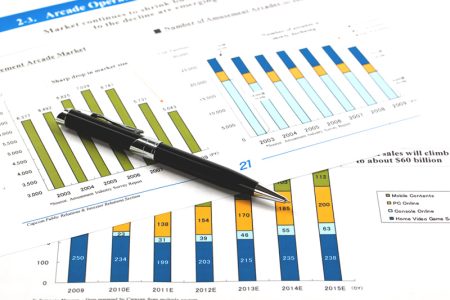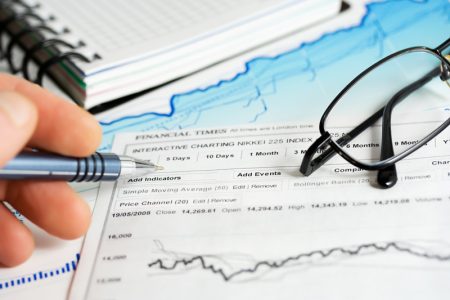By Leika Kihara and Tetsushi Kajimoto
TOKYO (Reuters) -Japan’s economic output ran above full capacity in April-June for the first time in nearly four years, a government estimate showed, suggesting that conditions for ending its policy of ultra-low interest rates could be falling into place.
The output gap, which measures the difference between an economy’s actual and potential output, grew 0.4% to mark the first increase in 15 quarters, according to Friday’s estimate.
Prime Minister Fumio Kishida said the data was significance but added that the margin of increase remained small and that whether the trend could be maintained was key.
“We are at a critical stage as to whether the economy can overcome the pandemic and move to a new stage,” he told reporters. “I want to accelerate consideration of a new economic package.”
A positive output gap, along with wage growth and price expectations, are among factors that Japan’s central bank has identified as inflation drivers.
The removal of Japan’s anti-virus curbs and the spending of savings accumulated during the crisis have helped underpin a rise in consumer demand, which typically puts upward pressure on prices.
Ryosuke Katagi, economist at Mizuho Securities, said things were “moving in the right direction”, though the output gap data lacked strength.
“It will still take time for the government to declare an end of deflation, and for the Bank of Japan to exit its massive monetary stimulus,” he said.
Read the full article here

